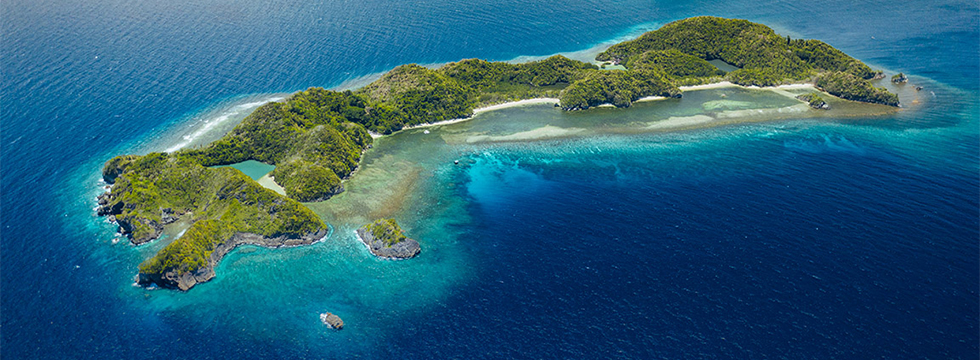Danjugan is a 43-hectare island rich in biodiversity. It has 5 lagoons, white sand beaches, bat caves, lush limestone and mangrove forests and surrounded by vast seagrass beds and fringing coral reefs. It is a wildlife and marine sanctuary in Southern Negros, Philippines.

Visit Danjugan Island and help fund the operations of this wildlife sanctuary. Every visitor in our nonprofit ecotourism program sustains the conservation of the island, supports the locals who protect it, and contributes to the Philippine Reef and Rainforest Conservation Foundation’s work on environmental education and sustainable community development.
Danjugan Island Sanctuary
Brgy. Bulata, Cauayan, Negros Occidental Philippines
0908-525-4108
0917-320-1099
patrons@danjuganisland.ph
Quick Links
SUBSCRIBE TO OUR NEWSLETTER
I would like to receive updates and be part of the mailing list of Danjugan Island Sanctuary